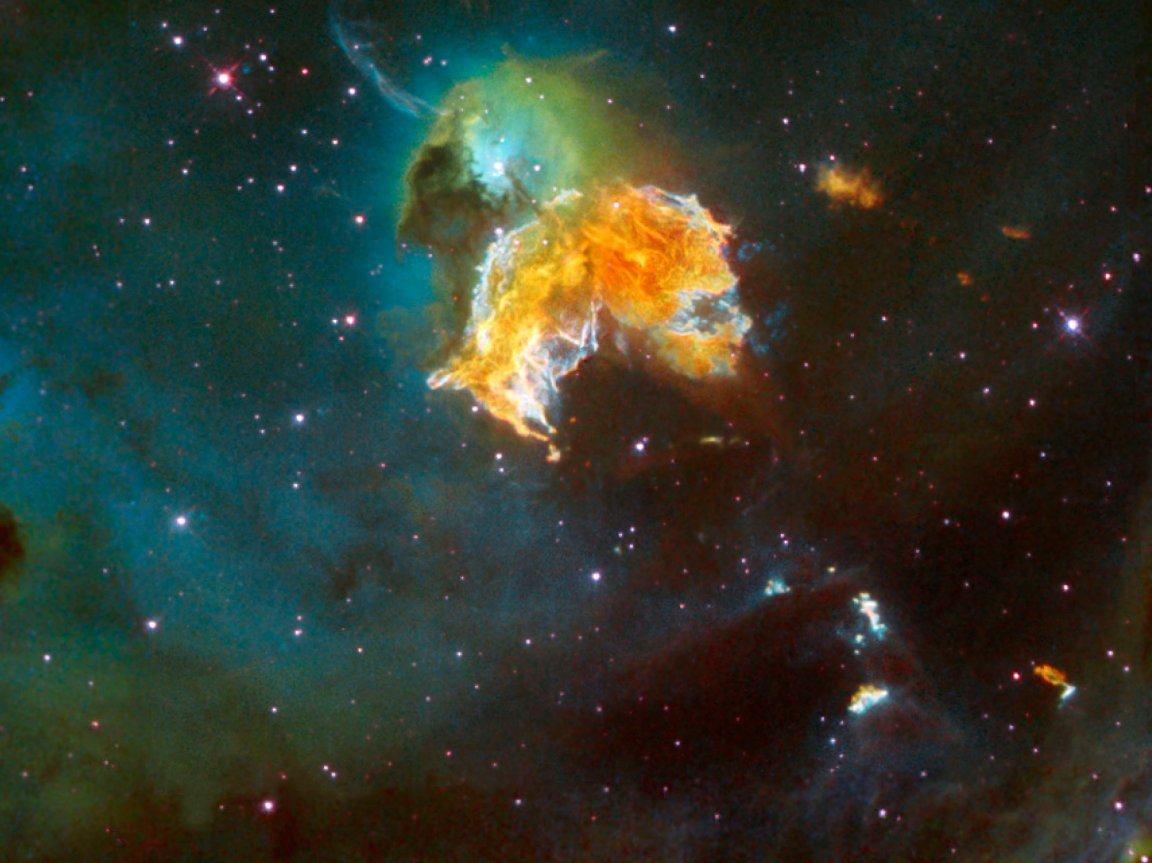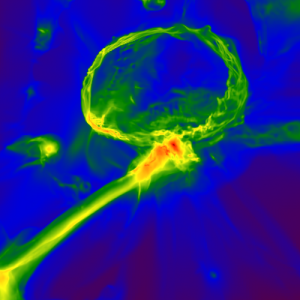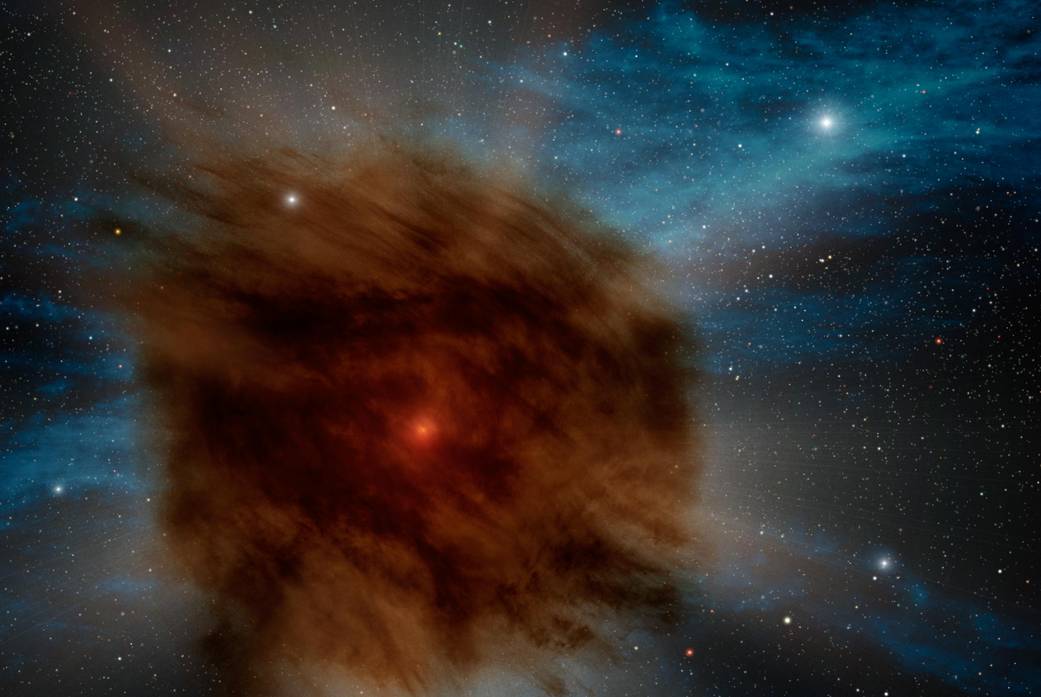

A distant, ancient cloud of gas has been discovered that may contain clues about the very first stars that formed in the universe.
Saint Michael’s College physics professor John O’Meara has teamed with researchers Neil Crighton and Michael Murphy to study the cloud further.
Components of the Cloud
Using data from the Very Large Telescope ,operated by the European Southern Observatory on Cerro Paranal in the Atacama Desert of northern Chile, researchers were able to learn more about the cloud.
Though it is many billions of light-years distant, researchers were able to assess that the cloud has an extremely small percentage of heavy elements, such as carbon, oxygen, and iron. In fact, it contains less than one thousandth the fraction observed in our Sun. The scientists also concluded that it formed just 1.8 billion years after the big bang.
“Heavy elements weren’t manufactured during the Big Bang, they were made later by stars,” says lead researcher Neil Crighton, from Australia’s Swinburne University of Technology’s Centre for Astrophysics and Supercomputing. “The first stars were made from completely pristine gas, and we think they formed quite differently from stars today.”
After forming, these first stars exploded into powerful supernovae, and their heavy elements flew into the surrounding clouds of gas. The composition of these clouds, then, can tell us about the first stars and their deaths.

“Previous gas clouds found by astronomers show a relatively high enrichment level of heavy elements, so they were probably polluted by more recent generations of stars, diluting and obscuring any signature from the first stars,” Crighton says.
“This is the first cloud to show the tiny heavy element fraction expected for a cloud enriched by the first stars,” said O’Meara.
Learning from the Clouds
The researchers hope to find more of these systems, where they can measure the ratios of several different kinds of elements. Though the information that this cloud provided is a start, the team needs other clouds for comparison, so they can draw a fuller conclusion.
“We can measure the ratio of two elements in this cloud – carbon and silicon. But the value of that ratio doesn’t conclusively show that it was enriched by the first stars; later enrichment by older generations of stars is also possible,” said O’Meara.
“By finding new clouds where we can detect more elements, we will be able to test for the unique pattern of abundances we expect for enrichment by the first stars,” he said.
The work will appear in the January 13 edition of the Monthly Notices of the Royal Astronomical Society.